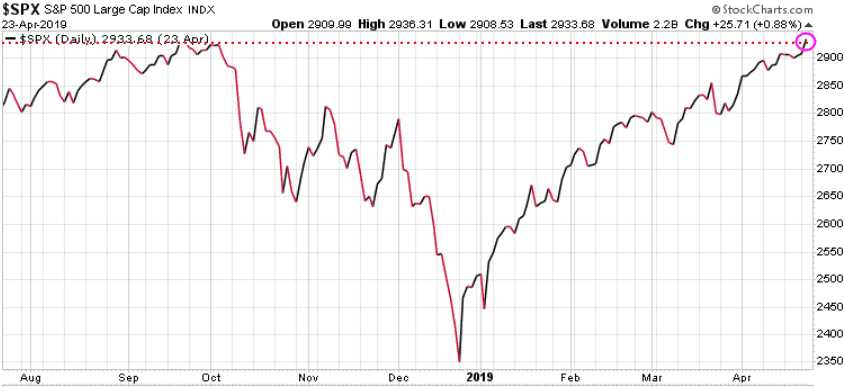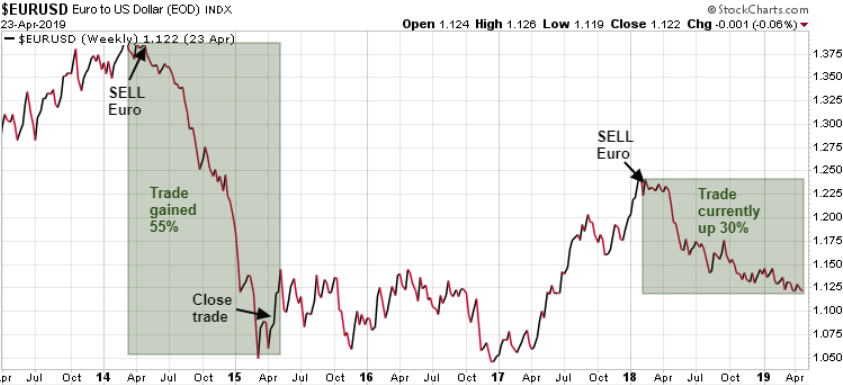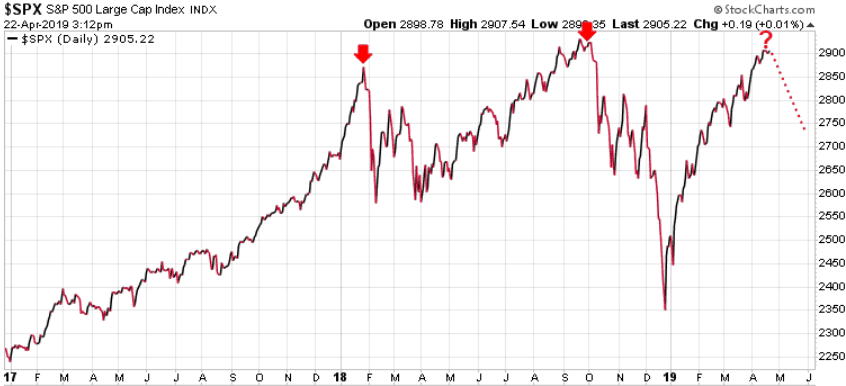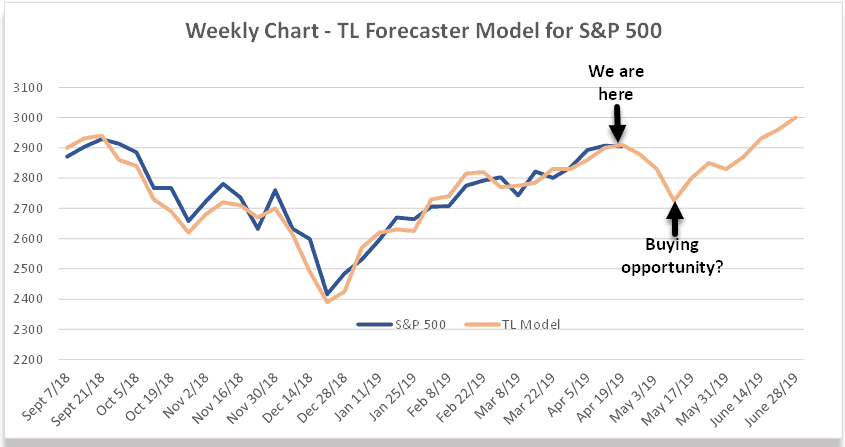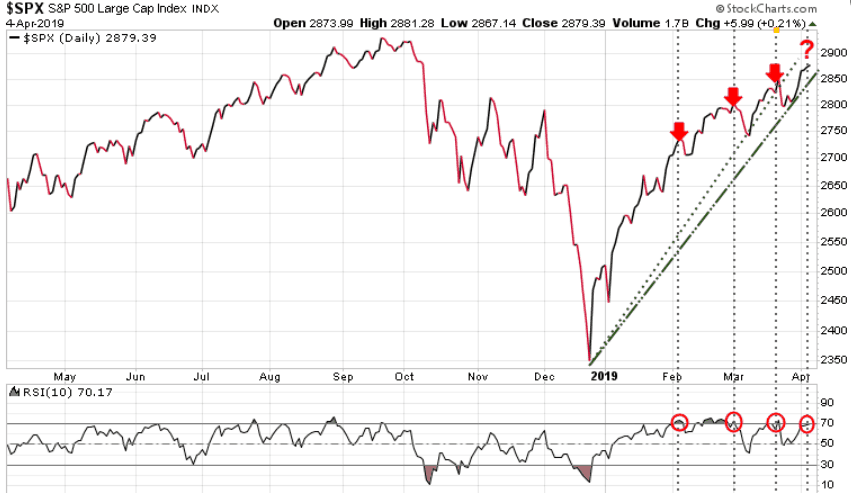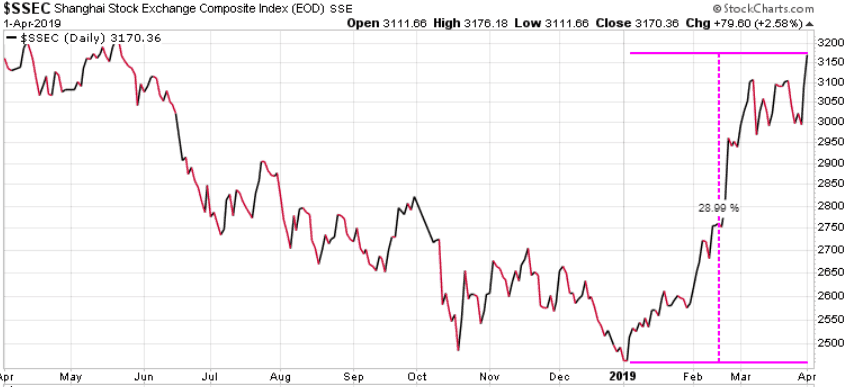The rising influence of Gen Z

Just when you thought you had just figured out millennials a new generation of influencers has come on the scene. They are Gen Z—loosely, people born from 1995 to 2010— and they are true digital natives. From their beginning they have been exposed to the internet, to social networks, and to mobile systems.
Corporate America is shifting advertising focus to Gen Z, away from the millennials, as this group is massive and influential. In U.S. alone, there are 65 million of them. By 2020, Generation Z will account for 40% of all consumers in the U.S.
Gen Zers are very comfortable with collecting and cross-referencing many sources of information as they’ve grown up in a world where they have limitless options, but not limitless time.
McKinsey & Company did a survey on Gen Z and its implications for business.
Our study based on the survey reveals four core Gen Z behaviors, all anchored in one element: this generation’s search for truth. Gen Zers value individual expression and avoid labels. They mobilize themselves for a variety of causes. They believe profoundly in the efficacy of dialogue to solve conflicts and improve the world. Finally, they make decisions and relate to institutions in a highly analytical and pragmatic way. That is why, for us, Gen Z is “True Gen.” In contrast, the previous generation—the millennials, sometimes called the “me generation”—got its start in an era of economic prosperity and focuses on the self. Its members are more idealistic, more confrontational, and less willing to accept diverse points of view.
Such behaviors influence the way Gen Zers view consumption and their relationships with brands. Companies should be attuned to three implications for this generation: consumption as access rather than possession, consumption as an expression of individual identity, and consumption as a matter of ethical concern. Coupled with technological advances, this generational shift is transforming the consumer landscape in a way that cuts across all socioeconomic brackets and extends beyond Gen Z, permeating the whole demographic pyramid. The possibilities now emerging for companies are as transformational as they are challenging. Businesses must rethink how they deliver value to the consumer, rebalance scale and mass production against personalization, and—more than ever—practice what they preach when they address marketing issues and work ethics.
Generations are shaped by the context in which they emerged . Baby boomers, born from 1940 to 1959, were immersed in the post–World War II context and are best represented by consumption as an expression of ideology. Gen Xers (born 1960–79) consumed status, while millennials (born 1980–94) consumed experiences. For Generation Z, as we have seen, the main spur to consumption is the search for truth, in both a personal and a communal form. This generation feels comfortable not having only one way to be itself. Its search for authenticity generates greater freedom of expression and greater openness to understanding different kinds of people.
Gen Zers, with vast amounts of information at their disposal, are more pragmatic and analytical about their decisions than members of previous generations were. Sixty-five percent of the Gen Zers in our survey said that they particularly value knowing what is going on around them and being in control. This generation of self-learners is also more comfortable absorbing knowledge online than in traditional institutions of learning.
Gen Z have a carefully tuned radar for being sold to and a limited amount of time and energy to spend assessing whether something’s worth their time. Getting past these filters, and winning Gen Z’s attention, will mean providing them with engaging and immediately beneficial experiences. One-way messaging alone will likely get drowned out in the noise.

Stay tuned!






